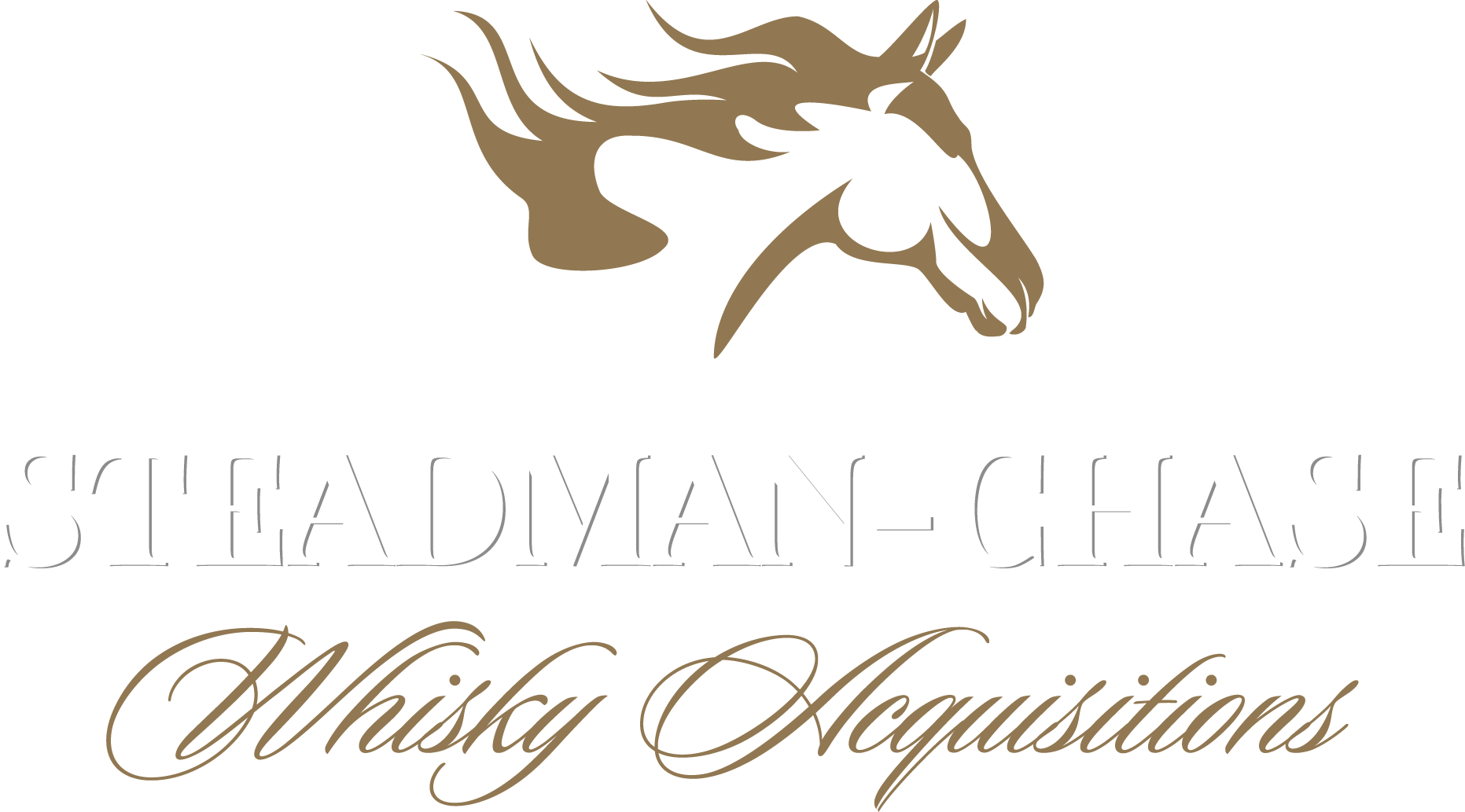
There are few assets classes that evoke the prestige of owning a cask of whisky – and from an investment perspective, it outperforms them all.
In 2021, whisky grew faster than gold, the FTSE, and the S&P 500, at 14.36%, according to the BC20 Index. A £100,000 whisky investment in 2018 would have been worth £185,000 by the end of 2021, compared to £150,000 in gold.
Unlike cars, wine and watches, whisky maintains its quality even after it has been opened and holds its value in a liquid, fast-selling secondaries market. Gains are also tax-free, due to its status as a wasting asset.

Millions of bottles from more than 150 distilleries across Scotland are produced each year to match growing demand. The value of whisky is that it is made to be consumed – and is therefore not correlated to turbulence in traditional asset classes like stocks and bonds.
A single bottle of Macallan 1926 sold for a record £1.5m in October 2019. The same year saw a 1989 barrel from the same distillery sell for $572,000, making it the most expensive per-bottle cask ever sold at auction.
Casks of opportunity.
What we can offer
- Above average, tax-free returns
- Access to Scotland’s some 150 malt and grain distilleries, the greatest concentration of whisky production globally
- Casks from non-operational ‘ghost’ distilleries, which are extremely rare and sought-after products
- Safe storage in our bonded warehouse
- Gifts to present to your clients, friends, or family
Performance by age – Average Annual Annual Capital Growth
| Age | P.Capital Growth 2019 | P.Capital Growth 2020 | P.Capital Growth 2021 |
|---|---|---|---|
| New Make 0-2 Years |
21.22% | 31.13% | 33.61% |
| Emerging 3-10 Years |
15.84% | 14.37% | 14.39% |
| Intermediate 11-20 Years |
13.27% | 10.83% | 11.39% |
| Premium 21-30 Years |
10.99% | 9.54% | 8.94% |
| Blue Chip 31+ Years |
10.14% | 6.74% | 6.96% |
Storage
Casks can only be stored in government-run bonded warehouses, ensuring safe storage and guaranteed provenance. At Steadman-Chase we use our own bonded warehouse based in Speyside, Scotland, where barrels are stacked just three pallets high compared to eight in other facilities.
We carry out frequent inspections and you can see and observe your own barrels during one of our regular whisky tours. All barrels benefit from Speyside air and travel little more than three miles from distillery to cask, resulting in minimal movement.
Unopened whisky must be stored upright, kept indoors at a constant temperature, free from exposure to daylight. We optimise conditions to the highest of industry standards.
At Steadman-Chase, you own your investments, so you can drink or sell your whisky any time that suits you.
Provenance
The features of whisky are determined by the area in which it is produced. Our warehouse is based in Speyside, which accounts for more than 60% of all Scottish malt whisky production. It is Scotland’s driest and hottest area, offering fertile ground for farming Scotch ingredients.
Speyside whisky characteristics: Honey, Floral, Apple, Vanilla, Oak, Full-bodied, and Dried Fruit.
We also have wide access to casks from other famous production locations — including Campbeltown, home to the Glen Scotia, Springbank, and Glengyle distilleries — and the Highlands, the world’s largest whisky region.
Campbeltown characteristics: Smokey, Brine, Grassy, Dried Fruit, and Sweet.
Highland characteristics: Fruit Cake, Malt, Grassy, Dried Fruit, and Mildly Smokey.
Alongside Islay, which produces some of the strongest flavour profiles globally, we have links with distilleries in the Lowlands, known for their mellow, non-salty whisky. Finally, we are also well-connected in the Islands, where each region has its own varied flavour profile.
Lowland characteristics: Grass, Honeysuckle, Citrusy, Toast, and Sweet. Islands characteristics: Brine, Oily, Spicy, and Sweet.









